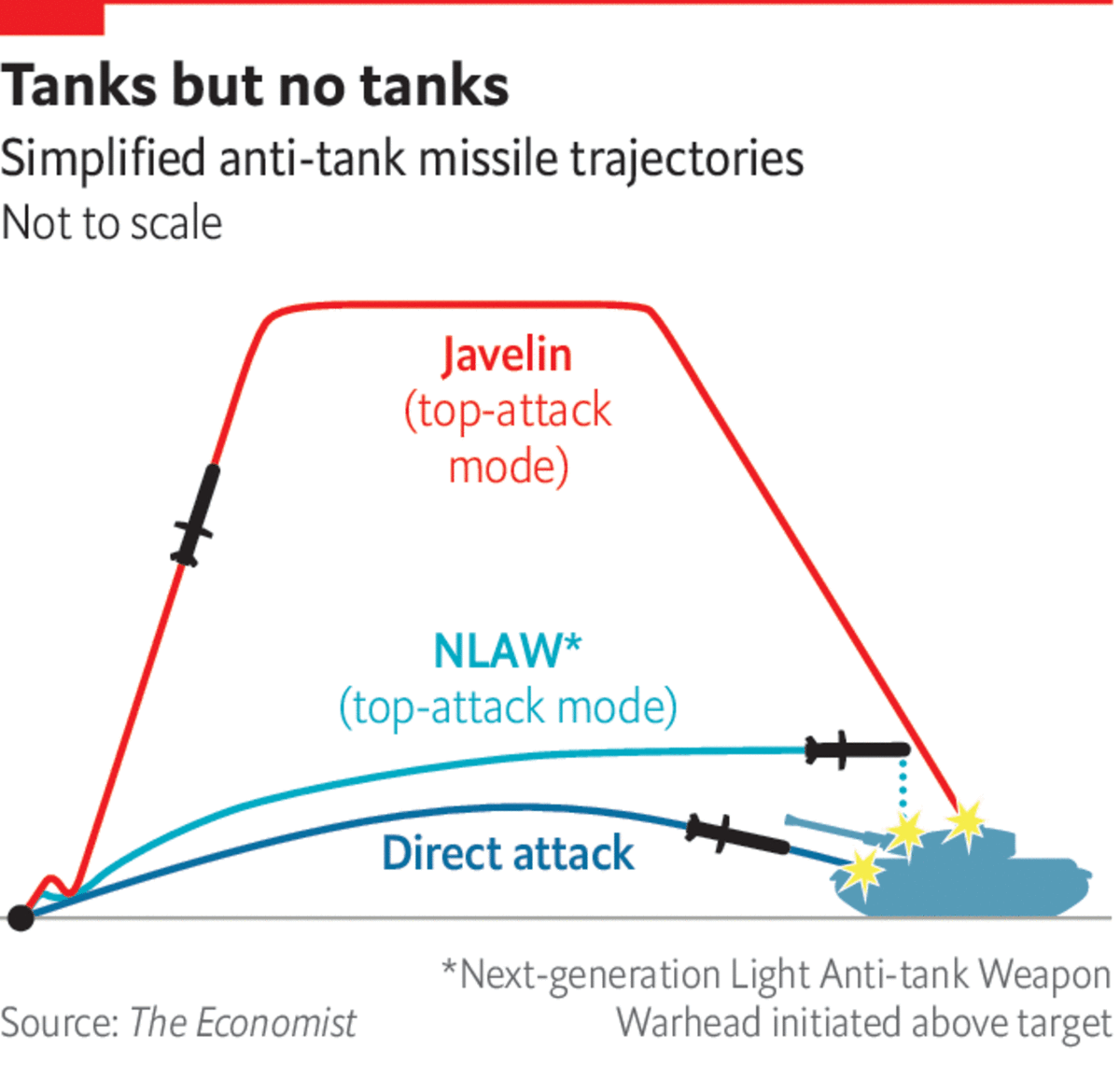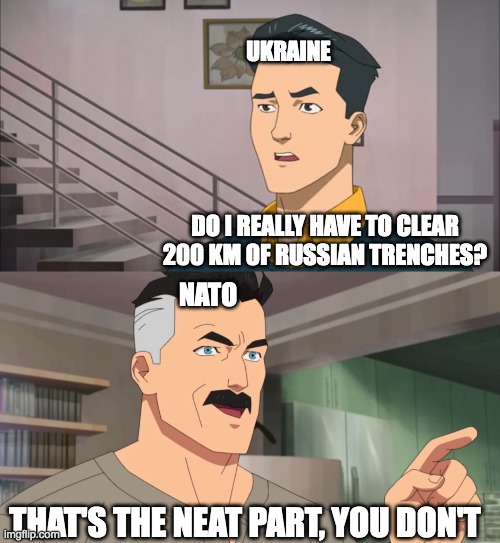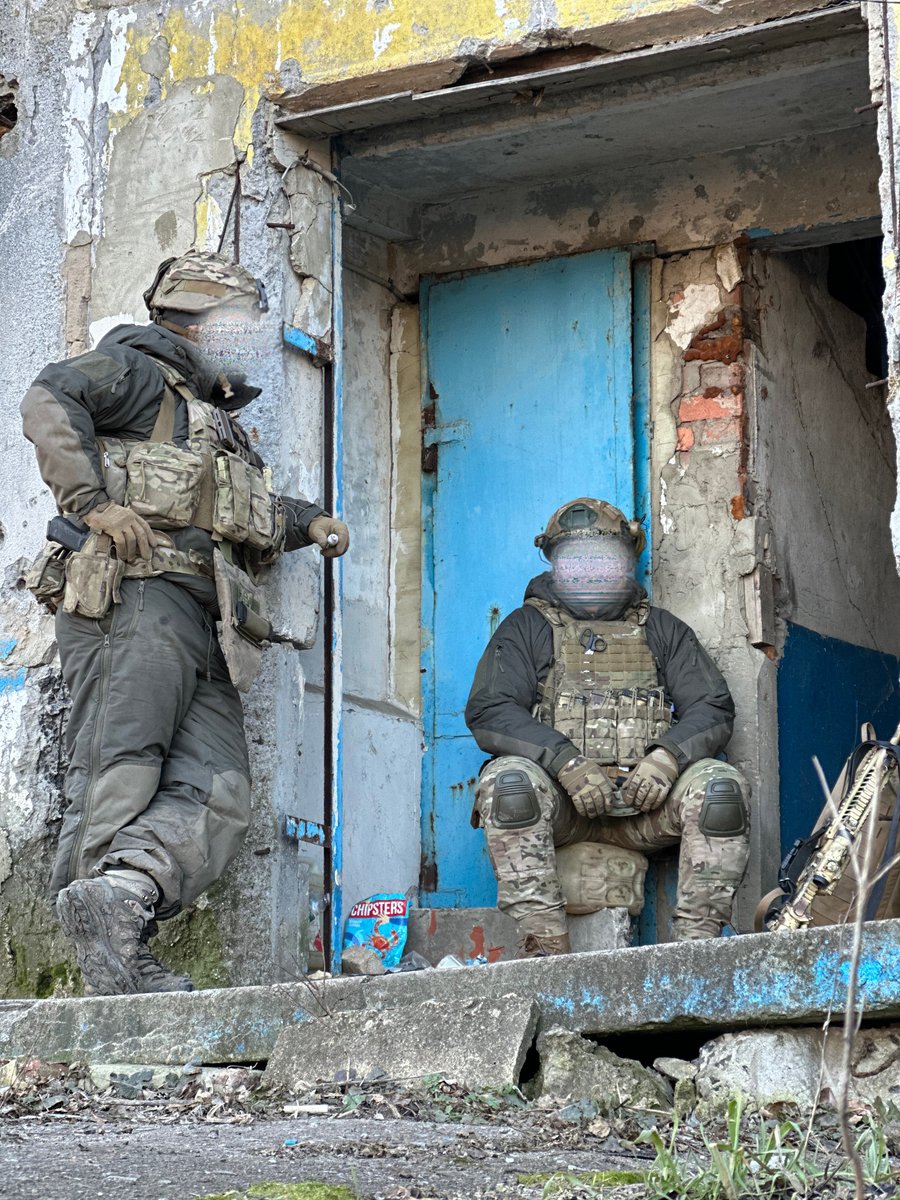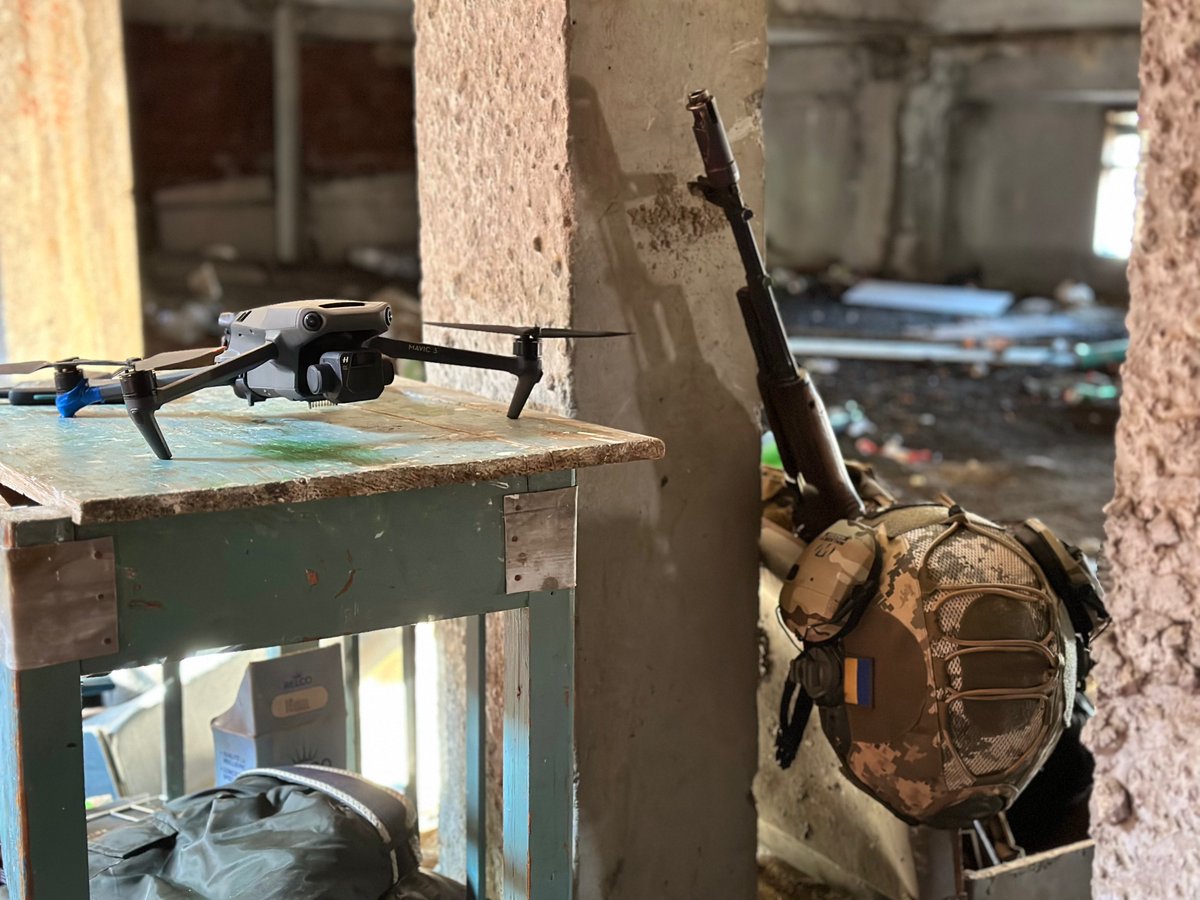
Infantry anti-tank weapons
A look at anti-tank guided missiles, shoulder launched anti-tank rockets, anti-tank warheads, missile guidance systems, as well as armor countermeasures and active protection systems.
You will learn a lot in these threads 🧵:
1/21
A look at anti-tank guided missiles, shoulder launched anti-tank rockets, anti-tank warheads, missile guidance systems, as well as armor countermeasures and active protection systems.
You will learn a lot in these threads 🧵:
1/21
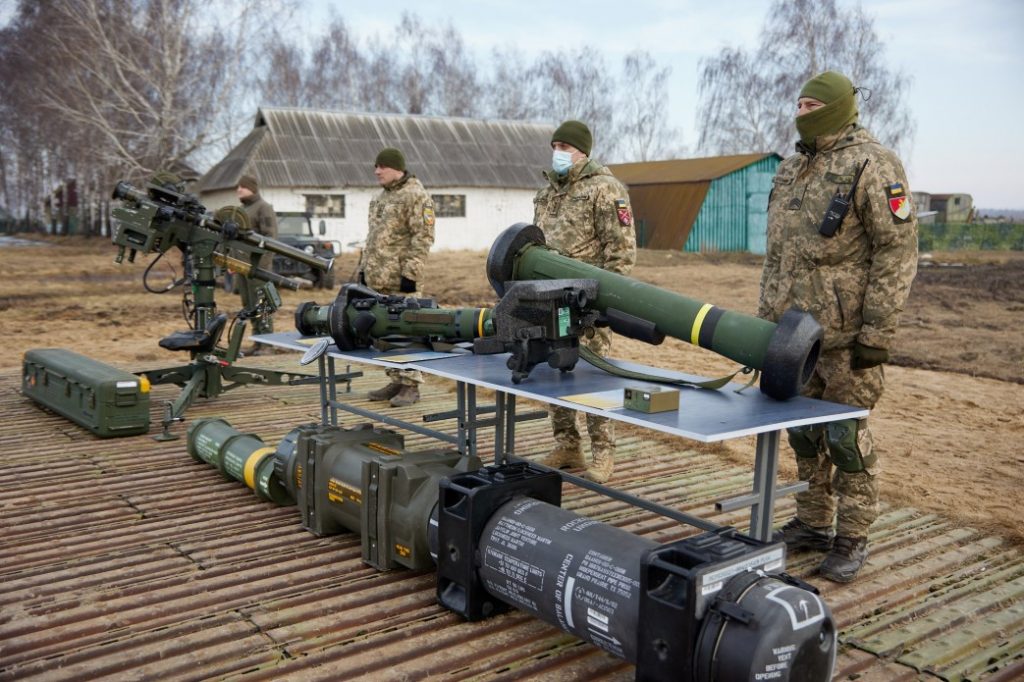
I will focus on NATO, Ukrainian & Swedish vs. russian anti-tank weapons. Like i.e:
Javelin, Spike MR/LR, Akeron
Milan, TOW-2A, Eryx
BILL/BILL 2, TOW-2B
NLAW, Spike SR
Stugna, Corsar
Kornet, Konkurs, Metis/Metis-M, Fagot, RPG-7
APILAS, RGW 90, AT4, Panzerfaust 3, C90, Alcotan
2/n
Javelin, Spike MR/LR, Akeron
Milan, TOW-2A, Eryx
BILL/BILL 2, TOW-2B
NLAW, Spike SR
Stugna, Corsar
Kornet, Konkurs, Metis/Metis-M, Fagot, RPG-7
APILAS, RGW 90, AT4, Panzerfaust 3, C90, Alcotan
2/n
All of the above (except four) use a jet-forming shaped charge warhead known as High Explosive Anti-Tank (HEAT).
The exceptions are the overfly top-attack BILL/BILL 2, TOW-2B & NLAW, which use a slug-forming shaped charge warhead known as Explosively Formed Penetrator (EFP).
3/n
The exceptions are the overfly top-attack BILL/BILL 2, TOW-2B & NLAW, which use a slug-forming shaped charge warhead known as Explosively Formed Penetrator (EFP).
3/n
An easy way to describe a HEAT warhead: think of a pointy ice cream cone, but the cone is made of copper. Now push the cone with the pointy end first into a block of high explosive, until the cone is submerged in the explosive.
Congratulations: You just made a HEAT warhead:
4/n
Congratulations: You just made a HEAT warhead:
4/n

This is the warhead of a BGM-71A TOW: when the crush switch impacts on a target the fuze detonates the high explosive. This creates an intense pressure shockwave that plastically deforms the copper liner into a hypersonic metal particle jet (represented by the blue arrow).
5/n
5/n

For a short distance the metal jet reaches speeds of 7,000-10,000 m/s (7,700-11,000 yd/s).
Any metal armor the jet meets is plastically deformed due to intense pressure caused by the impact.
In this video a Spike SR HEAT warhead pierces 500 mm of steel armor & then a car.
6/n
Any metal armor the jet meets is plastically deformed due to intense pressure caused by the impact.
In this video a Spike SR HEAT warhead pierces 500 mm of steel armor & then a car.
6/n
Once a vehicle has been pierced splinters & spall of the hypersonic metal jet and the vehicle's armor will injure or kill the crew & detonate stored ammo.
HEAT impacts are tiny, but effective & deadly.
Here a HEAT round fired by a Carl Gustaf recoilless rifle hits a BMP-1.
7/n
HEAT impacts are tiny, but effective & deadly.
Here a HEAT round fired by a Carl Gustaf recoilless rifle hits a BMP-1.
7/n
HEAT rounds must detonate at a certain distance from the target for the metal jet to form, but as the jet travels through the air, it stretches, breaks apart, and disperses quickly.
Therefore modern HEAT rounds have a specific detonation point to ensure maximum effectiveness.
8/n
Therefore modern HEAT rounds have a specific detonation point to ensure maximum effectiveness.
8/n
Re. effectiveness: the penetration of HEAT rounds is given in charge diameter (CD). The first HEAT rounds could penetrate Rolled Homogeneous steel Armor (RHA) 2 times their CD.
Initially increasing the CD was used to increase penetration, as with these RPG-7 rounds (left one
9/n
Initially increasing the CD was used to increase penetration, as with these RPG-7 rounds (left one
9/n

is an anti-personnel round).
With improved fuzes, better high explosives & new metal alloys penetration increased to 7x CDs. Then plastic inserts were placed in the explosive to focus the shockwave for even faster metal jets.
Modern NATO HEAT rounds penetrate 10x their CD,
10/n
With improved fuzes, better high explosives & new metal alloys penetration increased to 7x CDs. Then plastic inserts were placed in the explosive to focus the shockwave for even faster metal jets.
Modern NATO HEAT rounds penetrate 10x their CD,
10/n

while the newest NATO HEAT rounds can penetrate RHA that is 12 times their CD.
I.e the Javelin's main warhead has a CD of about 120 mm and the US gives an RHA penetration of 7 CDs or 840 mm... while the assumed real (and classified) penetration is at least 1,200+ mm of RHA.
11/n
I.e the Javelin's main warhead has a CD of about 120 mm and the US gives an RHA penetration of 7 CDs or 840 mm... while the assumed real (and classified) penetration is at least 1,200+ mm of RHA.
11/n

Now let's look at slug-forming shaped charge warheads or EFPs: below graphic shows that the angle of the cone is the main difference between a HEAT (left) and EFP (right) warheads.
HEAT forms a hypersonic metal particles jet that pierces armor, while EFP forms a supersonic
12/n
HEAT forms a hypersonic metal particles jet that pierces armor, while EFP forms a supersonic
12/n

metal slug that smashes through armor.
EFP slugs reach speeds of 2,000-3,000 m/s (2,200-3,300 yd/s) (a third the speed of HEAT jets), but EFP slugs travel much further without losing their destructive energy. A HEAT jet loses much of its penetration capability if it passes
13/n
EFP slugs reach speeds of 2,000-3,000 m/s (2,200-3,300 yd/s) (a third the speed of HEAT jets), but EFP slugs travel much further without losing their destructive energy. A HEAT jet loses much of its penetration capability if it passes
13/n
through air for about 20 times its CD. An EFP slug can travel 1,000 times its CD before becoming ineffective.
Due to their lower speed & their larger form EFPs can penetrate much less RHA armor than a HEAT warhead. Therefore EFPs are used against thinner armored parts of a
14/n
Due to their lower speed & their larger form EFPs can penetrate much less RHA armor than a HEAT warhead. Therefore EFPs are used against thinner armored parts of a
14/n
tank: like the top, the flanks, the bottom.
Therefore the only anti-tank missiles using EFPs are overfly top-attack missiles, which contain a downward pointing warhead, which detonates when the missile is above the enemy vehicle. EFPs are also used in top attack submunitions
15/n
Therefore the only anti-tank missiles using EFPs are overfly top-attack missiles, which contain a downward pointing warhead, which detonates when the missile is above the enemy vehicle. EFPs are also used in top attack submunitions
15/n
like the SMArt 155 or Bonus 155, and in scatterable anti-tank mines like the AT2 or M70/M73 (aka RAAM).
Left: the tantalum lined warhead of a Bonus 155 that failed to detonate in Ukraine.
Right: the tantalum lined warhead of an AT2 mine that self-destructed in Ukraine.
16/n

Left: the tantalum lined warhead of a Bonus 155 that failed to detonate in Ukraine.
Right: the tantalum lined warhead of an AT2 mine that self-destructed in Ukraine.
16/n


EFPs use tantalum (Ta) instead of the copper (Cu) as Ta has almost twice the density of Cu:
Ta: 16.654 g/cm3
Cu: 8.960 g/cm3
And higher density results in a more powerful punch.
This photo shows a SMArt 155, the slug it forms to the right, and a block of RHA steel armor
17/n
Ta: 16.654 g/cm3
Cu: 8.960 g/cm3
And higher density results in a more powerful punch.
This photo shows a SMArt 155, the slug it forms to the right, and a block of RHA steel armor
17/n

the slug pierced. Once the armor is pierced high-temperature and high-velocity armor and slug fragments will destroy everything inside an armored vehicle.
Modern EFP warheads (like the SMArt 155 above & the Bonus 155 in this video) use specifically designed fuzes to produce
18/n
Modern EFP warheads (like the SMArt 155 above & the Bonus 155 in this video) use specifically designed fuzes to produce
18/n
long-rods (stretched slugs), which can penetrate much more armor.
I will explain later, how overfly top-attack missiles know when to detonate their warheads.
For now enjoy this American TOW-2B missile destroying a russian tank with its two EFP warheads.
19/n
I will explain later, how overfly top-attack missiles know when to detonate their warheads.
For now enjoy this American TOW-2B missile destroying a russian tank with its two EFP warheads.
19/n
Fun fact: each Bradley Ukraine receives comes with a double TOW launcher. And TOWs have more range than a russian tank can fire.
There is very little chance of survival for the already very few remaining russian tanks.
¯\_(ツ)_/¯
20/n
There is very little chance of survival for the already very few remaining russian tanks.
¯\_(ツ)_/¯
20/n
Now you know all about anti-tank warheads.
But to fully understand infantry anti-tank warfare we also must look at explosive reactive armor, spaced armor, non-explosive reactive armor, tandem warheads, missile guidance, etc.
I will do threads about those soon.
21/end (for now)
But to fully understand infantry anti-tank warfare we also must look at explosive reactive armor, spaced armor, non-explosive reactive armor, tandem warheads, missile guidance, etc.
I will do threads about those soon.
21/end (for now)

Part 2 is now up:
https://twitter.com/noclador/status/1636521617986580480
• • •
Missing some Tweet in this thread? You can try to
force a refresh



